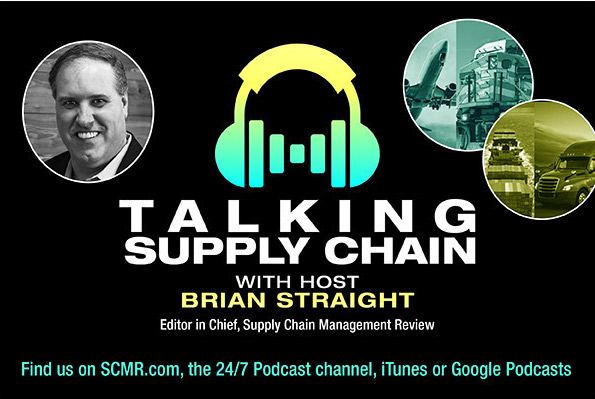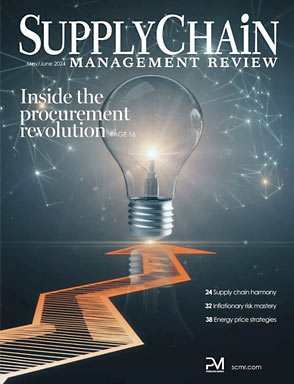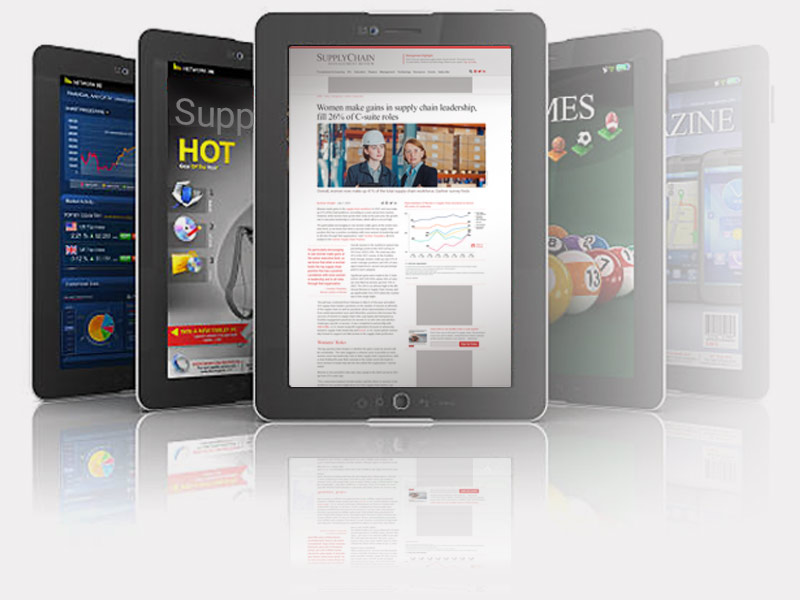Sorry, but your login has failed. Please recheck your login information and resubmit. If your subscription has expired, renew here.
This column topic was originally discussed in my November 2013 Insights column. “Demand-shaping with supply in mind” dealt with activities that are primarily the responsibility of marketing and sales management. However, while not responsible for demand-shaping per se, supply planning managers ought to play two, not just one, important roles. Of course, the first of these is ensuring that supply is in place to meet all anticipated future unconstrained demand. The second, often overlooked, is advocating that “demand-shaping be done with supply in mind” whenever there are significant supply shortages. This role involves a better alignment of demand with potential on-hand, on-order, and procurable supply. Largely aimed at increasing profitability, revenue and asset utilization. Instead of just matching supply demand with no objective in mind.
Pull versus push supply chains
In 1998, at one of my first talks at a supply chain conference, I discussed the concepts of manufacturing “push” versus consumer “pull” supply chains. Back in the day, manufacturing organizations had a long history of pushing out finished goods for sales & marketing organizations to sell. Too often not considering what consumers might really demand. At the time I often used the phrase that supply chains were moving from “selling what one makes, to selling what one expects to sell.” Prior to the adoption of sales and operations planning (S&OP) processes in the mid-1980s, manufacturing planners would not give much credence to sales plans nor forecasts. S&OP’s use of an independent baseline unconstrained demand forecast, to start the S&OP process, created a trend away from push and toward pull supply chains—later termed demand-driven supply chains.
Future supply will require push as well as pull
For the most part, today’s supply-side planning processes are pull-based and assume that infinite supply is obtainable. They are focused on matching supply plans to meet unconstrained demand forecasts. Therefore, for example, once production and inventory plans are set, these …
SC
MR
Sorry, but your login has failed. Please recheck your login information and resubmit. If your subscription has expired, renew here.
This column topic was originally discussed in my November 2013 Insights column. “Demand-shaping with supply in mind” dealt with activities that are primarily the responsibility of marketing and sales management. However, while not responsible for demand-shaping per se, supply planning managers ought to play two, not just one, important roles. Of course, the first of these is ensuring that supply is in place to meet all anticipated future unconstrained demand. The second, often overlooked, is advocating that “demand-shaping be done with supply in mind” whenever there are significant supply shortages. This role involves a better alignment of demand with potential on-hand, on-order, and procurable supply. Largely aimed at increasing profitability, revenue and asset utilization. Instead of just matching supply demand with no objective in mind.
Pull versus push supply chains
In 1998, at one of my first talks at a supply chain conference, I discussed the concepts of manufacturing “push” versus consumer “pull” supply chains. Back in the day, manufacturing organizations had a long history of pushing out finished goods for sales & marketing organizations to sell. Too often not considering what consumers might really demand. At the time I often used the phrase that supply chains were moving from “selling what one makes, to selling what one expects to sell.” Prior to the adoption of sales and operations planning (S&OP) processes in the mid-1980s, manufacturing planners would not give much credence to sales plans nor forecasts. S&OP’s use of an independent baseline unconstrained demand forecast, to start the S&OP process, created a trend away from push and toward pull supply chains—later termed demand-driven supply chains.
Future supply will require push as well as pull
For the most part, today’s supply-side planning processes are pull-based and assume that infinite supply is obtainable. They are focused on matching supply plans to meet unconstrained demand forecasts. Therefore, for example, once production and inventory plans are set, these …
 SUBSCRIBERS: Click here to download PDF of the full article.
SUBSCRIBERS: Click here to download PDF of the full article.
SC
MR

More Inventory Management
- Uber Freight’s Val Marchevsky to deliver Keynote at NextGen Supply Chain Conference
- Dealing with supply chain complexities with scenario intelligence
- Securing critical minerals during a global trade war
- From static to strategic: The shift to dynamic pricing models
- Services sector activity contracts in May, following 10 months of growth, reports ISM
- Every item counts: The role of item-level visibility in a modern supply chain
- More Inventory Management
Latest Resources

 Explore
Explore
Procurement & Sourcing News
- C.H. Robinson rolls out AI agent to address LTL classification overhaul
- Danone latest to announce new US investment
- Uber Freight’s Val Marchevsky to deliver Keynote at NextGen Supply Chain Conference
- Unlocking the green grid: Innovations for eco-friendly last mile
- Dealing with supply chain complexities with scenario intelligence
- Securing critical minerals during a global trade war
- More Procurement & Sourcing
Latest Procurement & Sourcing Resources

Subscribe

Supply Chain Management Review delivers the best industry content.

Editors’ Picks




